Time to read: 8 min
What would you say to an entrepreneur who wanted to make a product that customers could use for literally just nine months? We’re not talking about planned obsolescence; we’re talking about a literal, physical inability to use the product. Not too smart in terms of user engagement, right?
Of course, when we say “prenatal,” it starts to make a little more sense. Entire boutique industries have grown up around the accessories, clothes and various other items produced for the expectant mama. But this product is no accessory.
Meet Belli, a smart pregnancy tracker. The team behind Bloomlife, the company that developed Belli, is led by CEO Eric Dy and COO Julien Penders. Come along as we chat with Eric about designing a new prenatal consumer device.

A Little Backstory
Eric and Julien met at IMEC (Interuniversity MicroElectronics Center) in Leuven, Belgium, where they both worked on advanced wearable wireless health solutions.
“We hit it off and saw a much greater opportunity,” shares Eric. “We understood that wearables would become big and successful only if their designers and engineers can figure out their real value for people.”
So why a prenatal wearable specifically? Isn’t that just rife with issues and challenges?
“We were looking for interesting areas where there was a big unmet need, where a device could seriously improve the situation,” shares Eric. “As it happened, Julien’s wife got pregnant, and all of our friends were having kids. We realized this is one of the few times in your life when you hyper-focus on your health—when you are trying to get pregnant and once pregnant, you want to protect that pregnancy. I think we are biologically encoded to desire healthy babies. I mean, we change our lifestyle, eating habits, everything.”
When they looked into the field of prenatal care, he adds, “we were blown away by how little had changed in 40 years. I mean, a lot of pre-natal products are new, but it’s fundamentally the same technology that’s being used—electronic fetal monitoring technology hasn’t really changed, for example. You cannot do medical studies on pregnant women, so we did not have a deep understanding of pregnancy complications. We don’t really know what’s normal and what’s not.”
He pauses. “We’re doing a good job with saving premature babies once they’re born, but not with catching the early signs of preterm labor.”
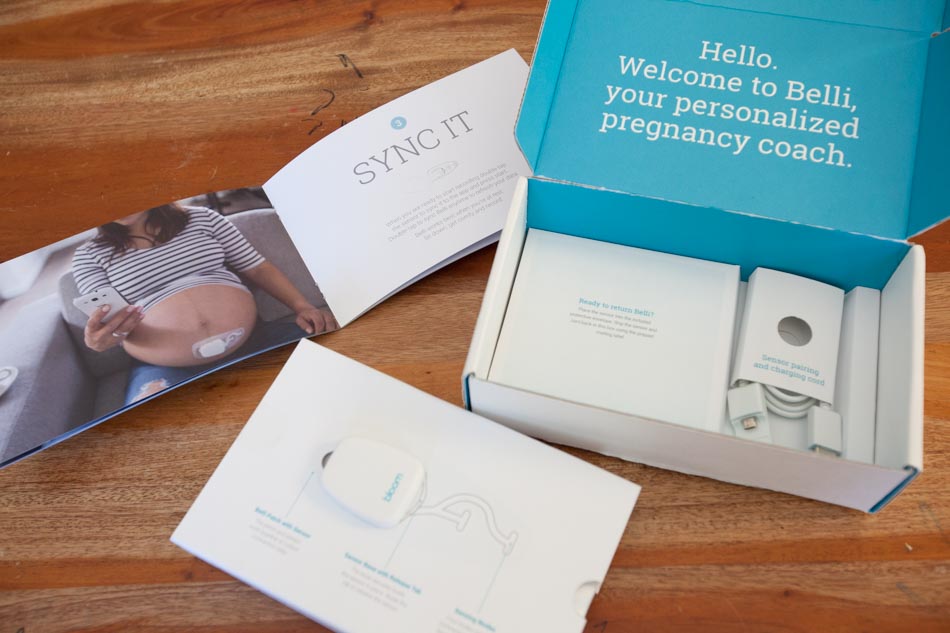
Crowdsourcing Where No Studies Have Gone Before
“Women aren’t pregnant forever,” Eric famously said at a recent China Manufacturing parts, Inc. panel on How to Get Your Hardware Product To Market. This simple truth has all sorts of implications for product design, development, testing and marketing.
But before we get into all that, let’s get to know Belli a bit. It measures a number of different parameters during the third trimester, such as fetal movement (determined by kick counts), fetal heart rate (acceleration and deceleration, and overall maternal health (stress level, sleep positions and cardio-respiratory fitness). And of course the peaks and valleys of contractions, once they start. Eric tells us the team selected these parameters based on approximately five months’ review of obstetrics literature.
“We want to crowdsource the largest and most comprehensive data set on pregnancy to better understand pregnancy complications. Crowdsourcing data allows us to take a very large search space and shrink it down to a smaller search space, and perform clinical studies on biomarkers we discover,” he says.
This might sound ambitious, but Eric and Julien are not the only ones who believe it’s possible. Sir Richard Branson, whose Extreme Tech Challenge the team won earlier this year and whose own daughter had pregnancy complications, said that the technology they’re developing could meaningfully change the lives of millions of people.

Baby and Mom Come First
Before any considerations involving design, pricing, or marketing, the very first point of attention has to be safety. Traditionally, testing medical devices—or any kind of medical testing—on pregnant women has been a very sensitive issue, primarily because of the ethics question. Bloomlife may have evolved a way not to get around it, but to embrace it and provide key insights without placing the mother or baby in danger.
Eric explains. “Our measurement method is completely passive. Ultrasound enters the body directly, but our device listens passively to the body’s electrical activity. It’s electrophysiology. Our muscles create a specific voltage, so it’s possible to design an analog front end that measures this biopotential. What we’re doing is filtering out what we don’t want to measure and studying the signals we do. We can already detect and measure heart and brain activity through electrodes in the skin, so there’s nothing new here. Just a different application of tried and true technologies.”
As for the connectivity factor, Belli avoids the use of wireless, which has been linked to developmental risks.
“We communicate via Bluetooth,” says Eric. “That’s 1000x less powerful than the radio power in your cell phone, and 100x less powerful than Wi-Fi. Bluetooth does not penetrate the skin, but to be extra careful, we did specific absorption rate testing by placing the device on a fake belly mockup that mimics human skin, and we measured wireless transmission in and around the body. Our results have shown that nothing is penetrating the body.”
The team had to scale one more hurdle: the issue of skin sensitivity.
“We had a few challenges with women whose skin became discolored with the patch adhesive we were using—even if it was FDA-cleared. Just the material alone is challenging because the skin, especially the skin of a pregnant belly, is super sensitive. So we worked with the chemical composition of the adhesive and since then we have not had anyone report any irritation. In fact, people are forgetting it’s even on their body; they even sleep with it.”
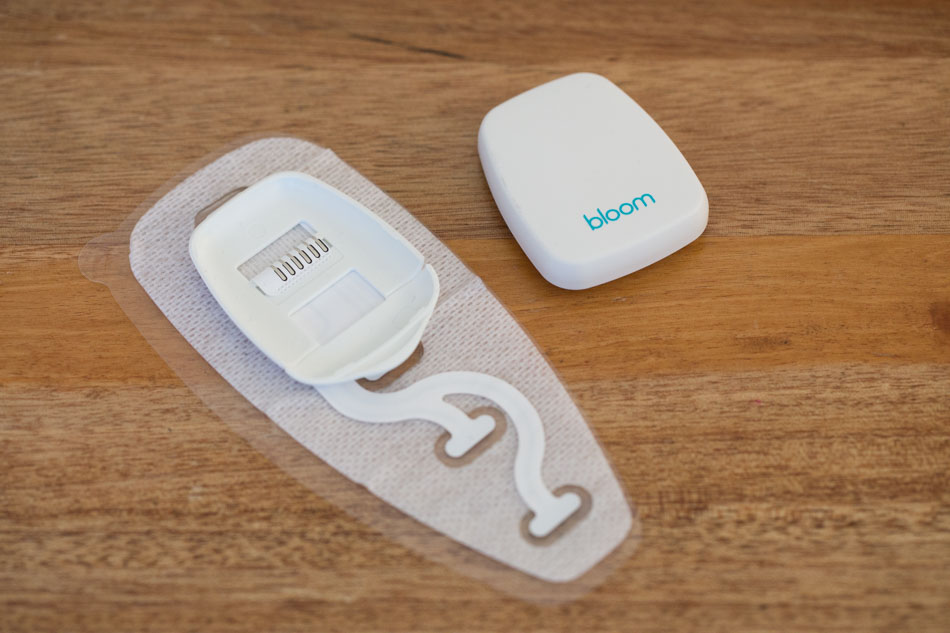
Designed Non-Obsolescence
The final design for any product always seems like the most obvious and appropriate one, but getting there isn’t necessarily a straight path. In Belli’s case, a few things were obvious.
“We knew we couldn’t do measurements from the wrist,” says Eric. “It had to go on the belly.”
What wasn’t so obvious was the how.
“We did a lot of rapid prototyping. Some [designs] were a little silly, like integrating the device into belly bands that expecting moms often use when their pants can no longer fit, and then there was a pillow you’d hold against your belly with the sensor inside. The thing is, the signals we were measuring had much smaller amplitude than those produced by the heart, so we needed something that would stay put and secure. Too much movement would introduce a lot of noise into the data. We settled on the [belly] patch.”
There were certain design constraints, especially in terms of size and shape. The team was always trying to make the device a little smaller. Eric nods: “There’s always a trade-off between engineering costs and the form factor; the smaller the device the more complex its internal architecture.”
Overall, “we over-engineered it, then scaled it back,” says Eric, clarifying that was intentional, and helped them think through the product roadmap. “We knew we had to have an accelerometer, for example. But we didn’t put in a bio-impedance chip [this injects an electric current with a specific frequency, to measure relative fat content] as that would have been too much.
What about color? Would Belli be <gasp> pink?
Eric laughs. “We wanted something that didn’t look like a gadget. Something that looked like a lot of thought and quality work had gone into it. So we stayed neutral and steered away from colors that might pigeonhole or label us in any way. But we’re working with our design team on an aesthetic upgrade.”
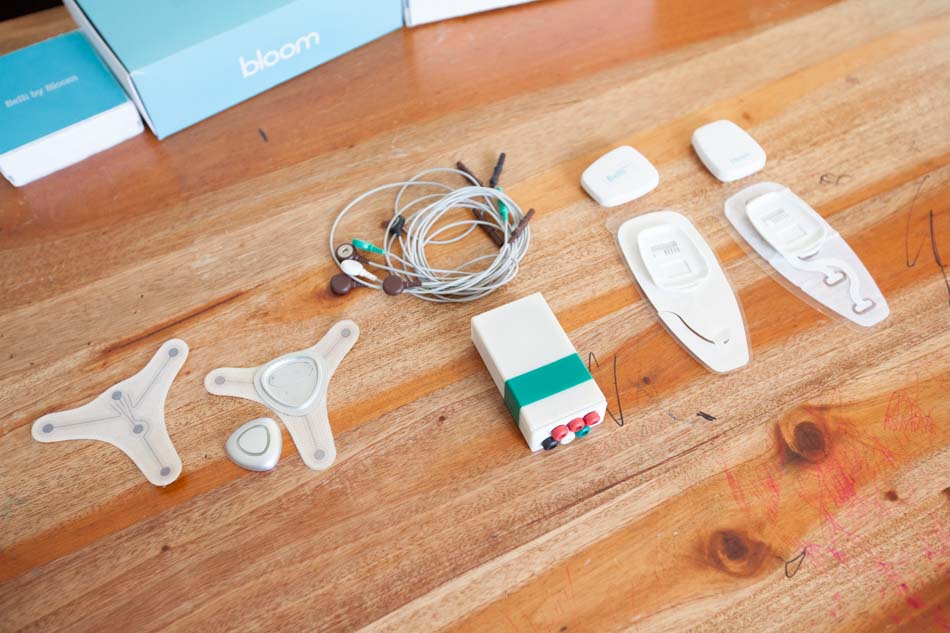
Modeling a New Business
Then there’s that pesky thorn in every entrepreneur’s side: Which do you design first, the business model or the product?
For Eric and Julien, the product definitely had to come first, given its extremely specific purpose. But product design did end up figuring in the evolution of the business model.
Belli is composed of two parts: a reusable sensor that houses all of the electronics, and a disposable patch that attaches to the body and into which the sensor snaps. “We thought initially,” shares Eric, “that we’d sell the sensor and patch separately, kind of like a printer and printer cartridge. But when we started shipping the beta units—we only had 12—we realized we would effectively lose those units since we were doing a paid beta. So we decided to rent them, which would enable us to get the units back.”
Unexpectedly, some of the expectant mothers commented that they liked renting the units instead of buying them outright because it made them feel “less wasteful.”
Eric says, “and that made us think, hmm, maybe that’s a better model and we embraced that pricing philosophy.” Rather than calling it “renting,” however, the company decided on a subscription model.
What are the benefits to a subscription instead of a direct sale, at least in the case of Belli? One, the barrier to entry for customers is lower, because the price is lower. Two, mothers don’t mind giving it to their pregnant friends to try, since they don’t own it. That’s the easy referability factor—after a woman delivers her baby, she can give the sensor to a friend, who can turn on the subscription for herself. But this second mom still needs to get her own patches, for primarily hygienic reasons, so that turns into two streams of revenue.
But it’s still early in the game for Bloomlife, and, as Eric himself says, “we’re still tweaking the business model. But I wouldn’t be surprised if more companies come up with high-end baby or prenatal products that you can rent out or subscribe to.”
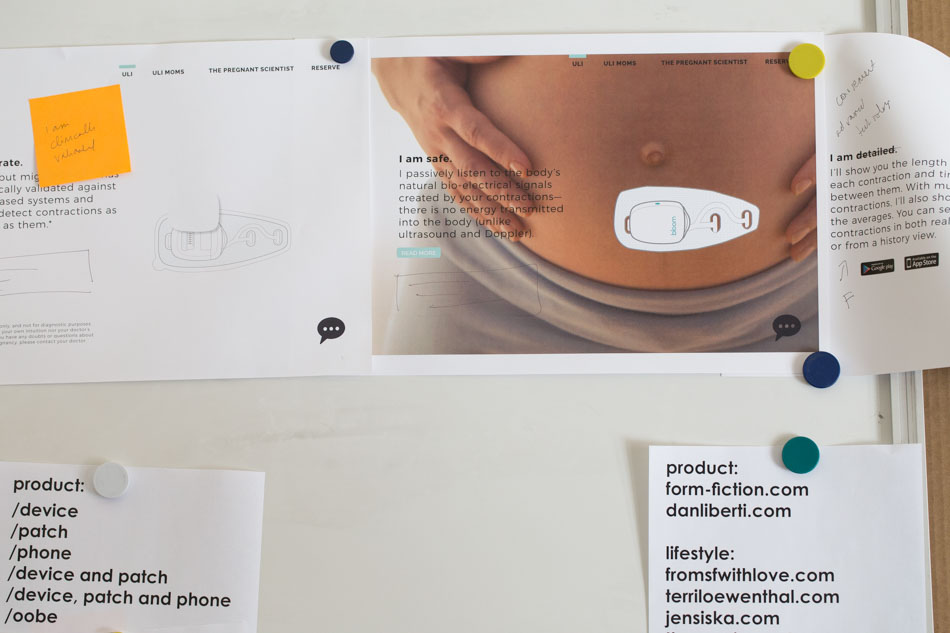
Navigating the Path of User Acquisition
Eric and his team are still figuring out how to acquire customers. They did recently hire a marketing person, and are doing some light Facebook marketing—about $50 a day in advertising. The ever-elusive word-of-mouth marketing does seem to be working, he adds; the company has about 60 active monthly users.
“We’re still doing beta testing, and a lot of customer education,” Eric says. “We look at usage metrics, and try to interview every mom—ideally—at least 2x. We’ve also done a fair amount of in-depth user research, so we can understand segmentation. Originally, we had expected moms in primarily the larger urban areas to use Belli, but we have people all over the country, a lot in the Midwest and the South.”
When we ask why demand has outstripped supply so quickly, and why Belli is so much more successful than the founders initially thought, Eric says he feels it’s because women want more control and information about their pregnancies. “And because they really want that emotional connection [to their baby].”
To make sure it’s not just them interpreting customer sentiments, Bloomlife has put together a consumer advisory panel, composed of moms who love the company’s greater mission and provide a lot of valuable feedback.
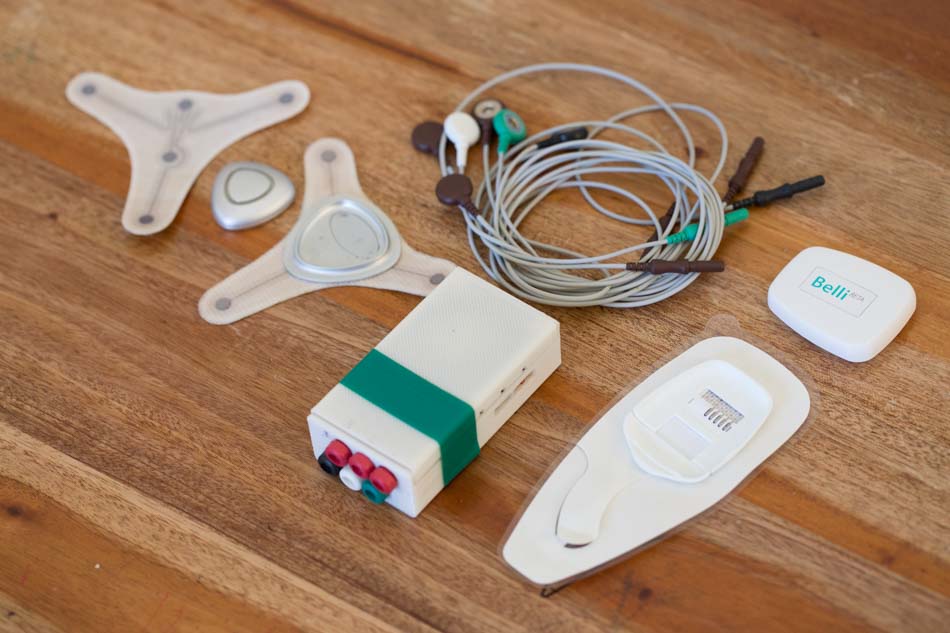
A Bundle of Joy for Mom and Startup Alike
As the saying goes, nothing of any consequence was ever accomplished with the flick of a switch. Bloomlife still has a little way to go before their first baby grows up and delivers the results they are hoping for. But if Eric and Julien have their way, having access to unprecedented insights into the third trimester could potentially make bonding with baby a lot happier for many moms.

